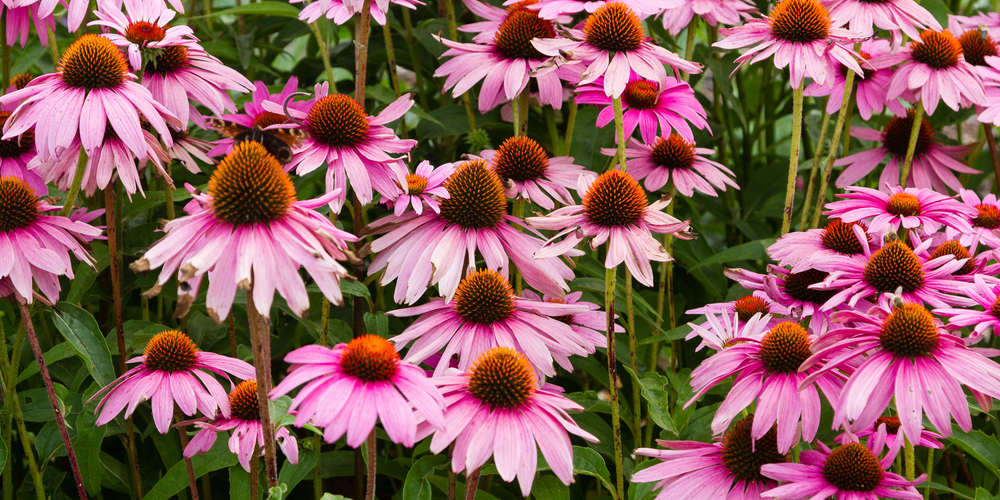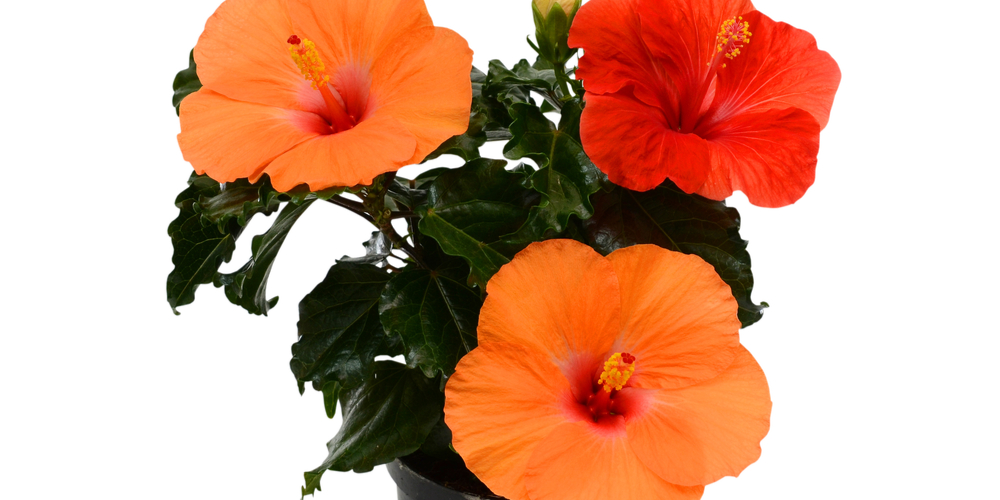The Zone 7 annuals are one of the most beautiful flowers that can be grown in gardens and landscapes. However, when you are choosing annual flowers for zone 7, you should be mindful of aspects including hardiness and frost among others. If you do it the right way, you can blend a variety of textures and colors and make your flower beds and garden beautiful with the plants and full sun annuals in Zone 7.
Zone 7 Characteristics

USDA (United States Department of Agriculture) has hardiness zones that can be helpful for gardeners. The data provided by the department can help you know which plants can withstand cold weather better.
There is a total of 13 such zones, with Zone 13 including areas having the highest minimum temperature. The weather can be highly cool in Zone 7. The temperatures may to as low as 10 degrees Fahrenheit. Zone 7 is further divided into Zone 7A (0 to 5 degrees temperature) and Zone 7B (5 to 10 degrees temperature). Approximately 28 states have Zone 7 climatic conditions.
There are also certain other aspects (beyond USDA) that you should be considering while choosing flowers for Zone 7 gardens. For instance, aspects including snowfall may not be considered by hardiness zone classification.
You may also not get to know about the frequency in which the winter freeze may affect your garden and landscape. You are also responsible for judging the drainage capability of the garden soil you have. Soggy and wet soil is a danger to the roots of the plant, especially during the extremely cold weather and the season.
Full Sun Annuals Zone 7
Below is a list of the best flowers that are appropriate for Zone 7 hardiness and the climatic conditions.
Aster
The flowers belong to the Asteraceae family. The family has a wide variety of flowers that bloom in different colors, including white, purple, and blue colors. Some of the prominent plants and flowers of the family include coreopsis, Susan, shasta daisy, and rudbeckia.
Bee Balm
These are one of the fastest-growing plants and flowers of Zone 7. Their main characteristic is the presence of broad petals. Once the winter season is over, they can spread quickly throughout the garden area.
Daylily
These flowers belong to the Hemerocallis family. Many different colored flowers make up part of this family and the majority of them can grow easily in Zone 7 climatic conditions.
Echinacea
Echinacea are also called coneflowers, the broad and full-headed Echinacea flowers can cover your entire garden floor.
Related Article: Echinacea Companion Plants
Hibiscus
The hibiscus flowers bloom often in yellow or red colors. However, they may have lesser hardiness for Zone 7 conditions.
- Geranium- these flowers often adorn the bouquets. They look fresh and beautiful year after year.
- Hydrangea- these flowers have immense hardiness. They can withstand the extreme cold conditions much better than the other flowers and are strong enough for Zone 7
- Phlox- the pin-colored phlox flowers adapt well to extreme cold conditions. However, they also grow well in full sun conditions.
- Yarrow- the scientific and botanical name of yarrow is Achillea Milleforium. While the flowers are small in size, they blossom in the form of bunches.
Plants for Zone 7
If you are also looking for certain plants that can complement the Zone 7 flowers in your garden, you can go through the choices given below.
Beet- beets grow well in Zone 7 conditions and the gardens. They can grow year after year and will come back after the winters.
Hosta- the cold-hardy and durable hosta plants give the appearance of flowers. They consist of tinted leaves.
Catmint- this plant is good at handling the winter and extreme cold temperatures. The bushy plant also has a good number of flowers.
Joe Pye Weed- this plant has multiple flowering heads and spreads at a fast rate.
Salvia- this perennial green plant can easily adapt to the Zone 7 climatic conditions and temperature.
Full Sun Annuals Zone 7: Conclusion
The article above can provide you with adequate information on the flowers and plants that you can grow in your Zone 7 gardens. However, for the best growth, you should know more about the different species of flowers that you are trying to grow.
Look into aspects including drought tolerance and deer resistance, and the type of nutrition the ornamentals need. When you consider all the aspects and exercise care, you can have a rich and beautiful garden in a Zone 7 climate for the whole year.





